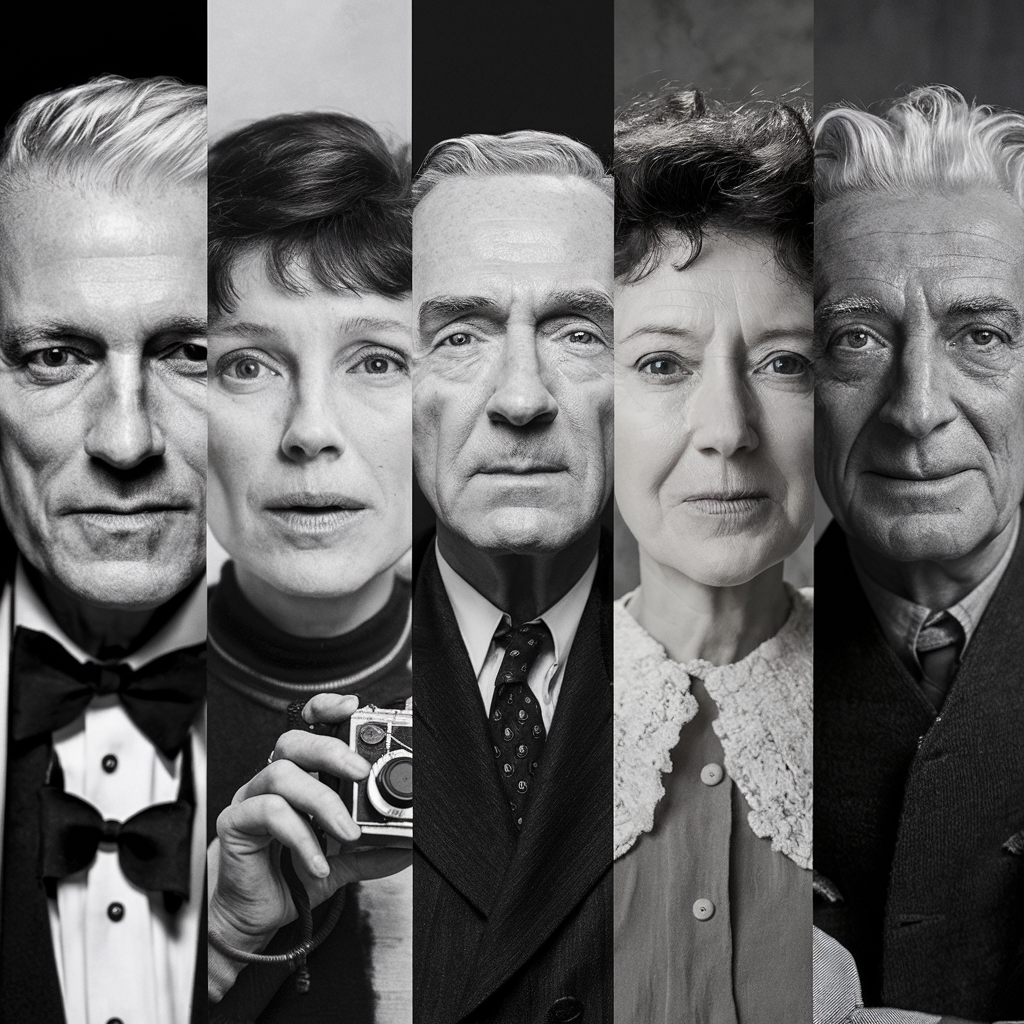Photography has the ability the document the deepest of sorrows as well as the highest of hopes. From a simple, raw still meant to document a moment, to the mind-bending results of imaginative technical wizardry, the history of photography features a wide array of genres, subjects, and themes.
The famous photographers behind the world’s most famous images often practiced their craft with a careful dedication to humanity, nature, and the artistic revolution. Their principles continue to shape the contemporary photography artistic landscape.
Here are 11 of history’s most famous photographers, followed by honorable mentions in the categories of landscape, wildlife, portrait, street, and surreal photography. These artists have, in their own unique ways, created masterpieces that provoke, inspire, and entertain. Read on to learn about their work and the inspiration that produced it.
Contents
1. Dorothea Lange
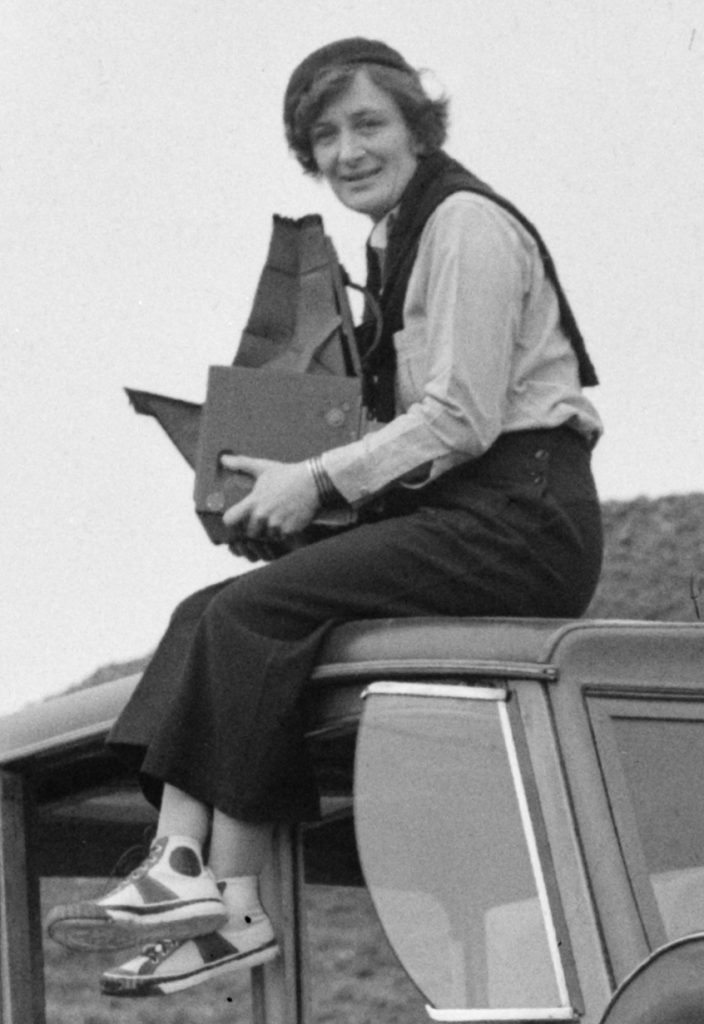
When it comes to famous photographers Dorothea stands out for her dedication to social justice and her belief in the power of photojournalism. In her early career, she made a living as a portrait photographer. In those days, her subjects were mainly wealthy socialites and elite businessmen. However, once the Great Depression set in, she began using her talent to document the human suffering of the era.
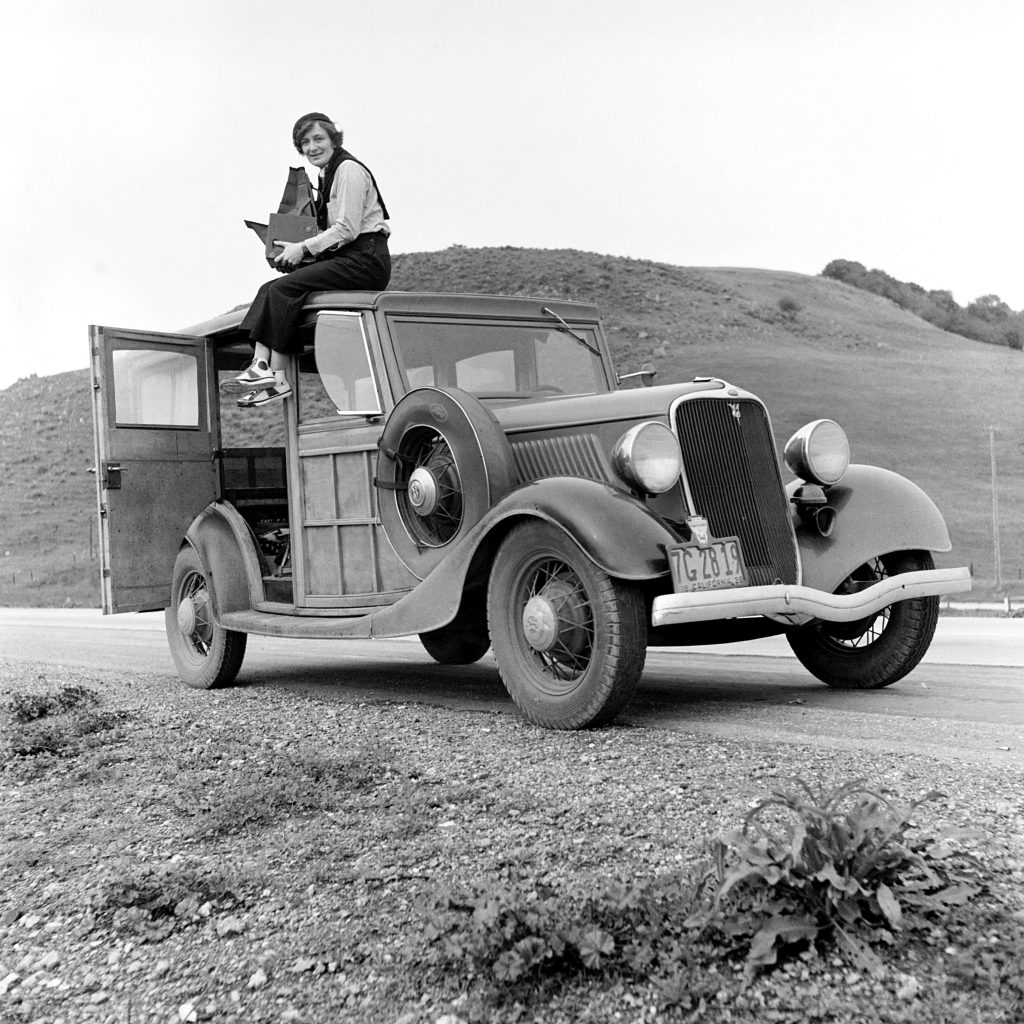
Dorothea is most famous for her work for the Resettlement Administration and Farm Security Administration. Her and her husband at the time, Paul Schuster Taylor, traveled for five years documenting American poverty and exploitation. Her work photographing the conditions of sharecroppers and migrant workers helped raise public awareness and spur government action. Lange’s arguably most famous photograph — “Migrant Mother” — was part of a report that motivated the federal government to send aid to a camp of starving migrant workers.
Images Taken By Dorothea
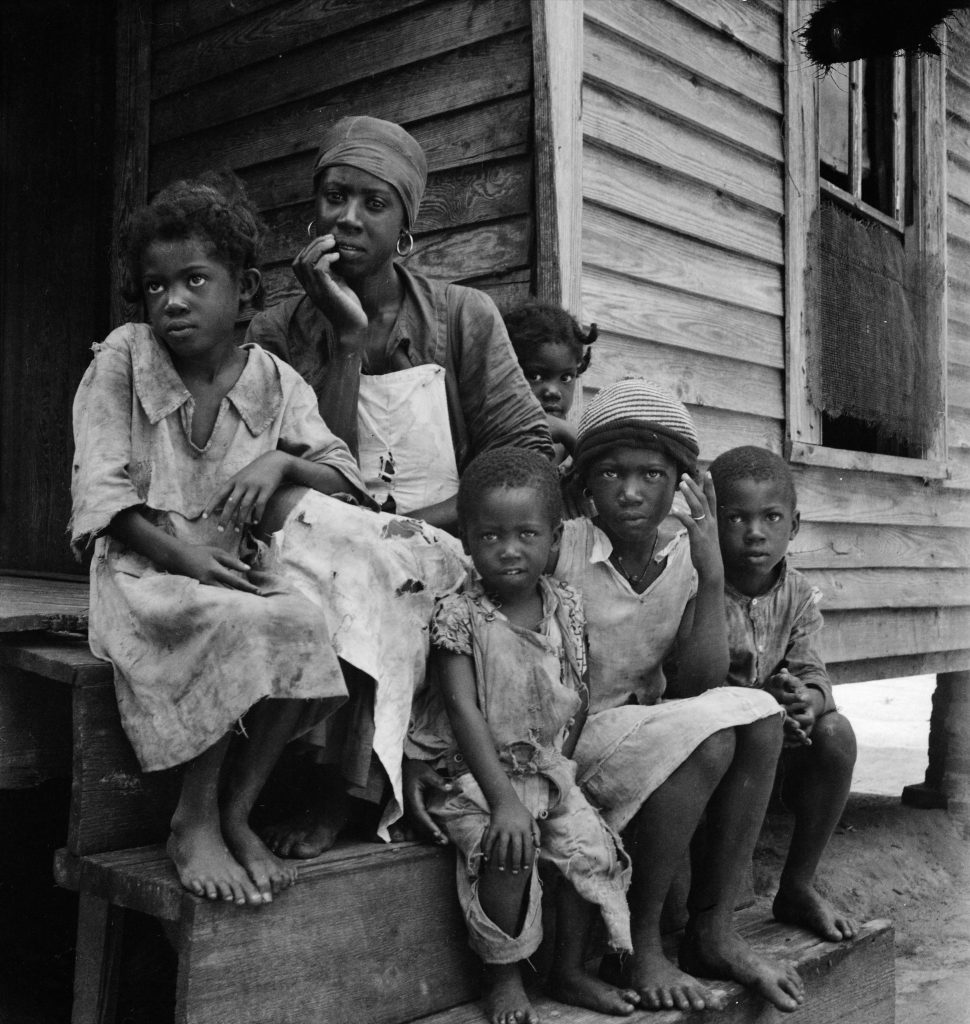

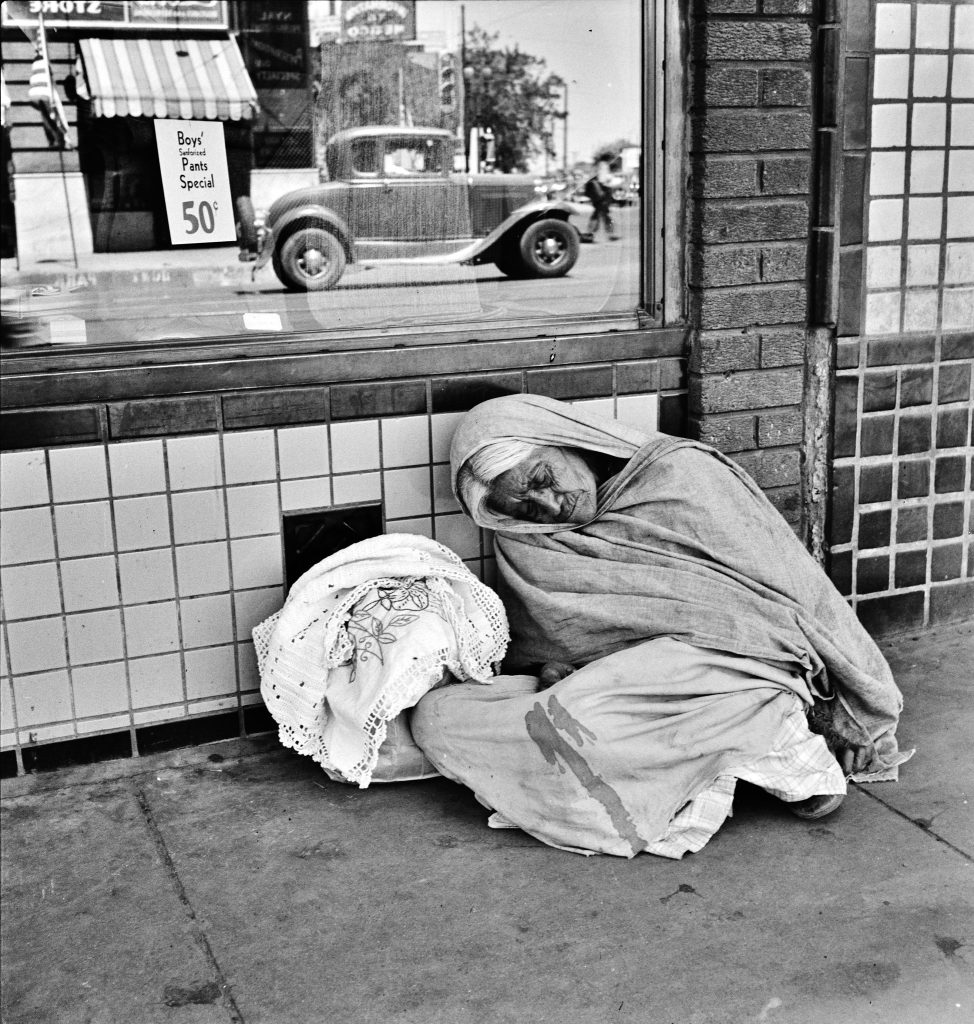
In 2006, Lange’s legacy received a renewal when the American government released her photographs of Japanese internment camps. Originally shot in 1942 on assignment from the War Relocation Authority, Lange’s documentation of the camps was hidden from the public during her lifetime.
In Lange’s essay, “Photographing the Familiar,” she criticized photographers who spent their career photographing the “spectacular.” She believed familiarity and intimacy were needed in photography and that photographers had a duty to document the real world and its human occupants.
She remains one of the most influential American photographers & photojournalists. Her work and words inspire documentarians, and her photography is used globally to help teach about the human suffering of 1930s and 40s America.
2. Cindy Sherman
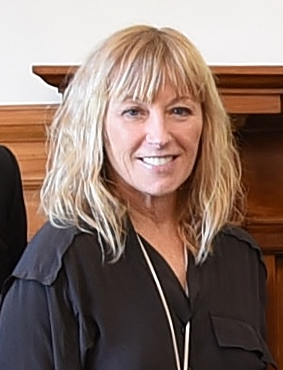
Famous photographer Cindy Sherman’s 1970s “Untitled Film Stills” series established her early photography career. The series is a unique exercise in self-portraiture, media criticism, and narrative ambiguity. Sherman modeled and shot herself in the style of Italian and American noir films from the 40s-60s.
What’s unique about the “Untitled Film Stills” series, and what garnered her critical acclaim, is Sherman’s talent for staging photographs that imply deeper plots, both thematically and narratively. Although she poses in the style of movie characters, her expressions are a mixture of candidness and intention — similar to a random frame of a film.
The “Untitled Film Stills” is often discussed in terms of mass media criticism. Sherman experimented with mixing and matching different cultural images and codes, such as gender and class, glamor, and grotesqueness. Her work is a mix of playfulness and seriousness, which has helped to inspire generations of photographers and art critics to develop rich, complex interpretations of her art.
In her later work, Sherman appropriated other forms of mass media, such as fashion shoots and soft-core centerfolds. She remained dedicated to the psychological elements of her photography, cited in a magazine interview saying, “While I’m working I might feel as tormented as the person I’m portraying.”
Famous photographers like Sherman’s artistic exploration of identity and representation continues to influence multimedia artists globally. In 2011, one of her photographs broke the record for the most expensive photograph in the world.
3. Ansel Adams

Ansel is America’s most famous photographer when it comes to landscape photography. His career spans from the 1920s to the 1950s and most famously features stunning black-and-white photographs of the American West.
Ansel’s photography is revered for having a breathtaking clarity that was nearly impossible to achieve given the technological limits of his time. He helped develop a technical method for developing film that more fully expressed the full tonal capabilities of the era’s filmic technology.
Images Taken By Ansel Easton Adams
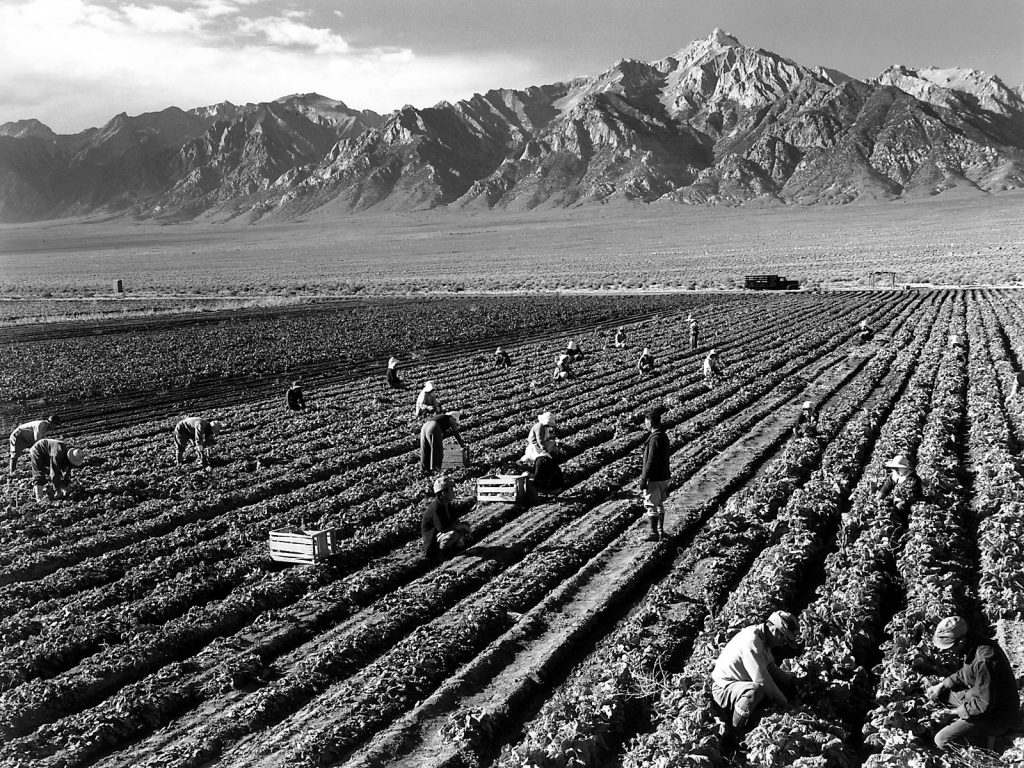
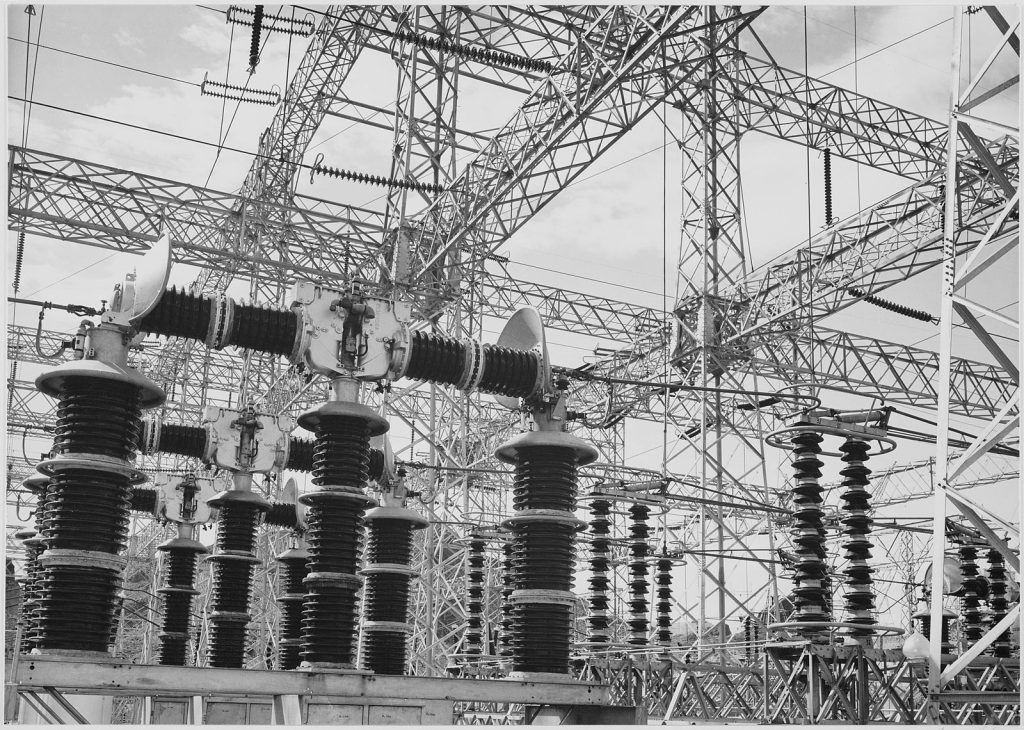
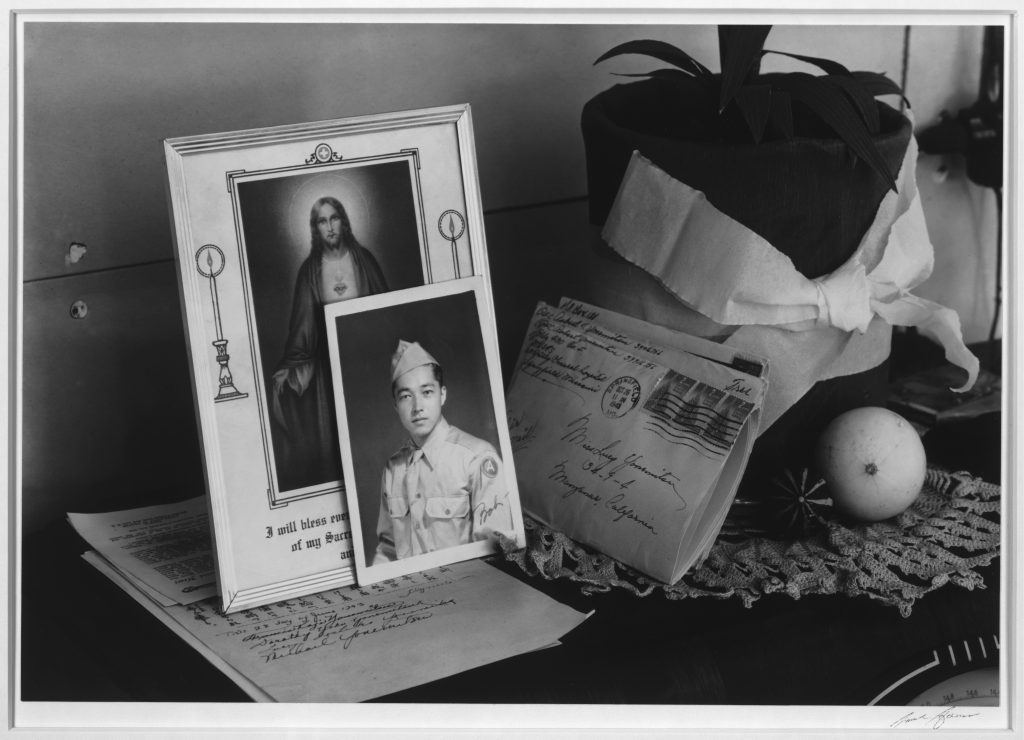
With technical mastery and a propensity for dramatic framing, Ansel was able to produce poetic photographs of American nature. At the time, modernist artists derided popular landscape paintings for their lack of imagination and drama. He took this criticism seriously and developed his technique to show that natural wonders can be just as thought-provoking as any abstract painting.
Ansel is a celebrated figure in the American environmentalist movement. Much of his early work was done for the Sierra Club, an American environmentalist organization dating back to 1892. He also photographed National Parks for the United State government. He was awarded the Presidential Medal of Freedom in 1980 for his environmental photography and advocacy.
Ansel’s technical skill is still studied today given his talent with black-and-white tonal palettes. You can view his work online at The Ansel Adams Gallery.
4. Peter Lindbergh
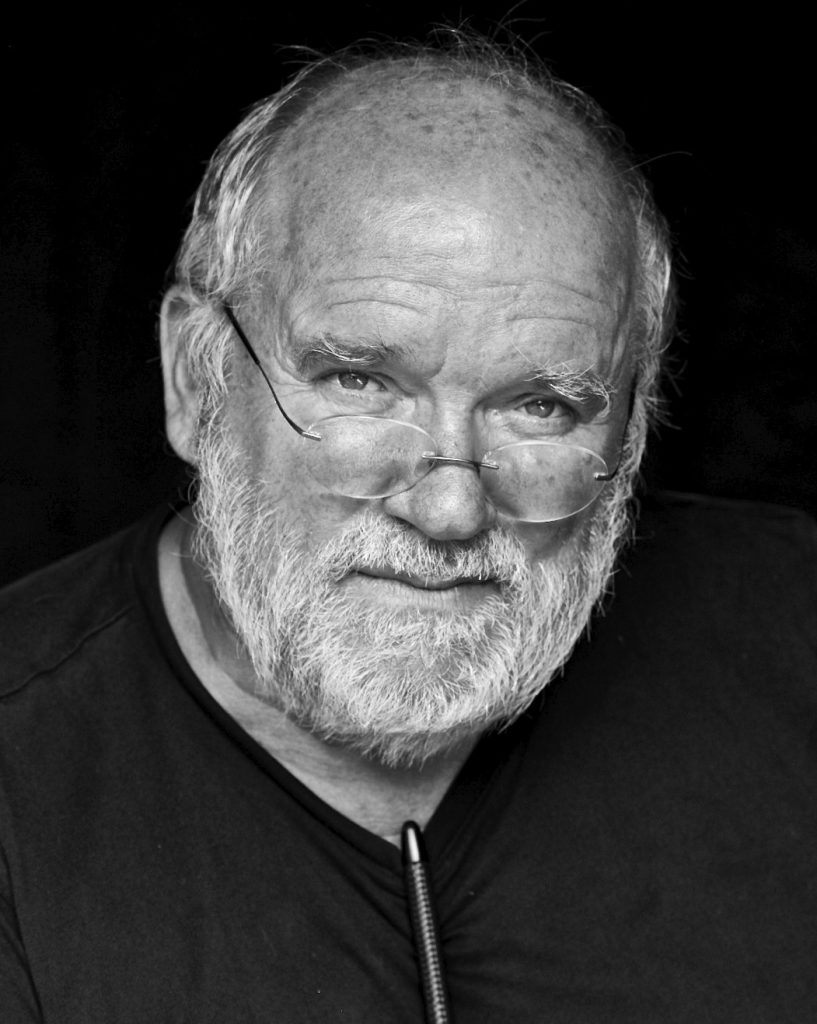
Image Credit: © Fanzineredwiki/CC BY-SA 4.0
Peter Lindbergh’s reputation is marked by his dedication to raw, unedited photography. Throughout the German photographer’s career (1980s-2010s), unlike most famous photographers, he refused to digitally enhance his photographs, going so far as to require magazines to sign a contract promising his images wouldn’t be edited at all.
He believed the purpose of portrait photography was to capture a subject’s humanity and to “free them from the terror of youth and perfection.”
For someone with a strict dedication to truth in photography, it may surprise you to learn that Lindbergh is often credited as creating the supermodel era.
In 1989, he photographed Cindy Crawford, Linda Evangelista, and a few other now-famous models, though they were all barely known at the time. A black-and-white photograph of the models appeared on the cover of British Vogue and took the fashion world by storm.
Lindbergh’s decision to shoot in black-and-white came from his desire to photograph the models as real people, rather than fashion icons. Later in his life, he remarked that black-and-white photography helped minimize the commercial feel of the photo shoots and allows people to “see who they really are.”
It’s an open secret that the images in today’s magazines are significantly retouched. The practice sometimes goes as far as to combine different body parts from different people in an attempt to create a perfect model.
Of course, in an age where filters and touch-ups are readily available to anyone with a smartphone, this sort of photography is becoming more and more commonplace.
To this day, all of Linderbergh’s photography is exactly what his camera shot. His dedication to the craft and his subjects is an important reminder of the beauty and power of natural photography.
In an interview with Artforum in 2016, Linderbergh asked, “How surrealistic is today’s commercial agenda to retouch all signs of life and of experience, to retouch the very personal truth of the face itself?”
You can explore some of Lindbergh’s photography here.
5. Guy Bourdin
French photographer Guy Bourdin is famous a commercial photographer known for introducing a highly saturated and surreal style of photography to the mainstream fashion world through his photo shoots for Vogue in the 1950s.
Bourdin’s work was inspired by the Surrealist movement taking hold in his home country of France. He studied under the well known Surrealist Man Ray and drew heavily from the conventions of the movement.
His photography features bold, bright colors, surrealist staging, and playful eroticism. Today, his pictures are displayed in over a dozen museums globally.
Bourdin had a complicated relationship with his work. Although he initially sought the tutelage of fine artists, he rejected the idea that his work should be shown in galleries.
He turned down the Grand Prix National de la Photographie award in 1985, one of the most prestigious photography awards. By the end of his life, he didn’t think his work should be shown to anyone at all. He stated that he wanted his portfolio destroyed after he died.
Bourdin’s talent for creating images with mysterious, provocative narratives forever changed commercial photography with the concept that the product was not as important as the overall appeal of the image. His experimental photography remains a favorite of fashion photographers who are looking to expand the boundaries of commercial photography.
6. Mary Ellen Mark
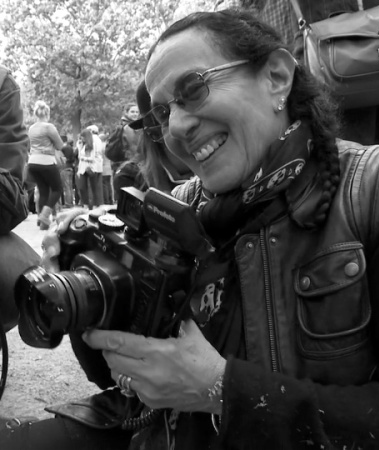
Mary Ellen Mark’s talent for composition and her fascination with fringe lives and cultures cemented her as one of the most appreciated street photographers of the late 20th century.
Street photography is challenging because the subject of the photograph has little if any, time to pose. The photographer is forced to create the image in an instant. Mark’s talent lies in her ability to turn this moment into something extraordinary. Her success at photographing candid moments with her available light and unobtrusive equipment set a new standard for street-type photography.
Mark’s style was honed during the 60s and 70s documenting American countercultures and impoverished communities. She photographed prostitutes, homeless people, and people with crippling drug addictions. She is quoted in Salon saying, “What I want to do more than anything is acknowledge their existence.”
Working so well with minimal equipment made Mark a perfect candidate for documenting film sets.
In addition to her street photography, her candid images of famed directors such as Federico Fellini have graced film history books over the years. Additionally, Mark did a fair amount of portraiture work for celebrities and magazines.
Her work can be viewed online at maryellenmark.com.
7. Henri Cartier-Bresson
While Mary Ellen Mark may be the most well-known American street photographer, the french photographer Henri Cartier-Bresson pioneered the modern art of candid photography in the early 20th century.
Cartier-Bresson’s photography is an exercise in capturing what he calls the “decisive moment.” He was dedicated to being anonymous while shooting, going as far as painting his camera in matte black to offset the noticeability of its shiny silver finish.
He wanted to keep his subjects from posing or creating any artifice at all. Because of this, he often shot quickly and secretively, attempting to capture the “decisive moment” before the subjects were aware.
Cartier-Bresson’s photographs are not only artistically inspiring, but they also serve as photojournalism. His photos, taken all around Europe in the early and mid-1900s, are a testament to daily life in the period.
When Henri Cartier-Bresson saw the work of Hungarian photojournalist Martin Munkacsi, he is famously quoted as saying, “I suddenly understood that a photograph could fix eternity in an instant.” Indeed, Cartier-Bresson’s work is a portfolio of such instances, with immense charm and depth.
8. David LaChapelle

Subversive and surreal, David LaChapelle’s work is often bright, busy, and incredibly eye-catching. He is known for balancing pop sensibilities with a clear appreciation for the staging and drama of fine arts.
LaChapelle started his career early at the age of 17 when he was hired by Andy Warhol to shoot for Interview magazine. Since then, his work has appeared in magazines globally.
LaChapelle’s photography is often filled with subtle humor and sarcasm, such as when he contrasts colorful subjects with bleak situations.
While the highs of his career have been marked by commercial, celebrity, and fashion photography, in recent years he’s moved off the grid and revisited gallery art. His later work, he says, explores themes of redemption and consumerism.
9. Sebastião Salgado
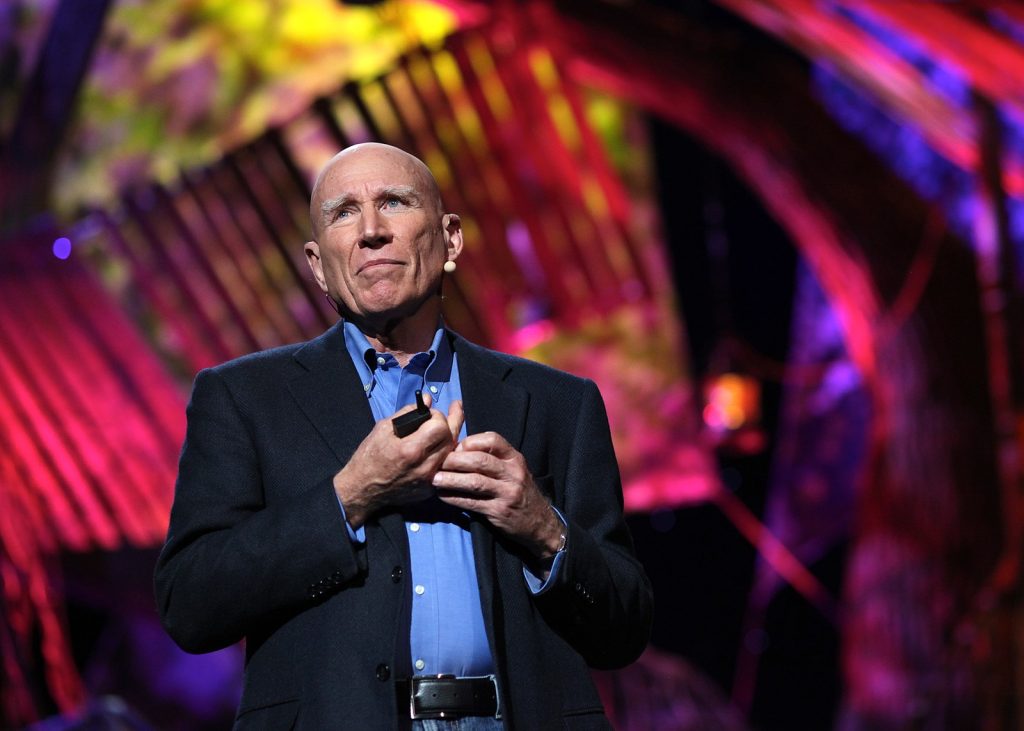
One of Brazil’s national treasures, Sebastião Salgado has traveled to over 100 countries around the world, received 19 notable photography awards, and is celebrated by generations of artists for his social documentary work.
Salgado left his job as an economist after honing his craft in photography in Africa during business trips for the World Bank. He did photojournalism in his early career, later focusing on large-scale collections of photography.
A bulk of his work is dedicated to documenting poverty. He captures the dignity of the most impoverished subjects, yet uses a straightforward photography style to forgo melodrama.
Because of this, his pictures have the acclaimed appeal of portraying people and their conditions in a way that communicates a blunt truth.
Most of Salgado’s work is featured in his published books. He makes a point to situate each photograph in a series to give each of them rich context.
Saldago’s photographs are recognizable by his use of stark black-and-white photography, which emphasizes dirt, grain, and imperfections. With that said, his subjects are shot in such a way that foregrounds their individuality and humanity, effectively shining through their conditions.
Salgado’s breadth of work has won him audiences with royalty and presidents around the world, and young photographers are drawn to and inspired by his social commentary.
10. Frans Lanting
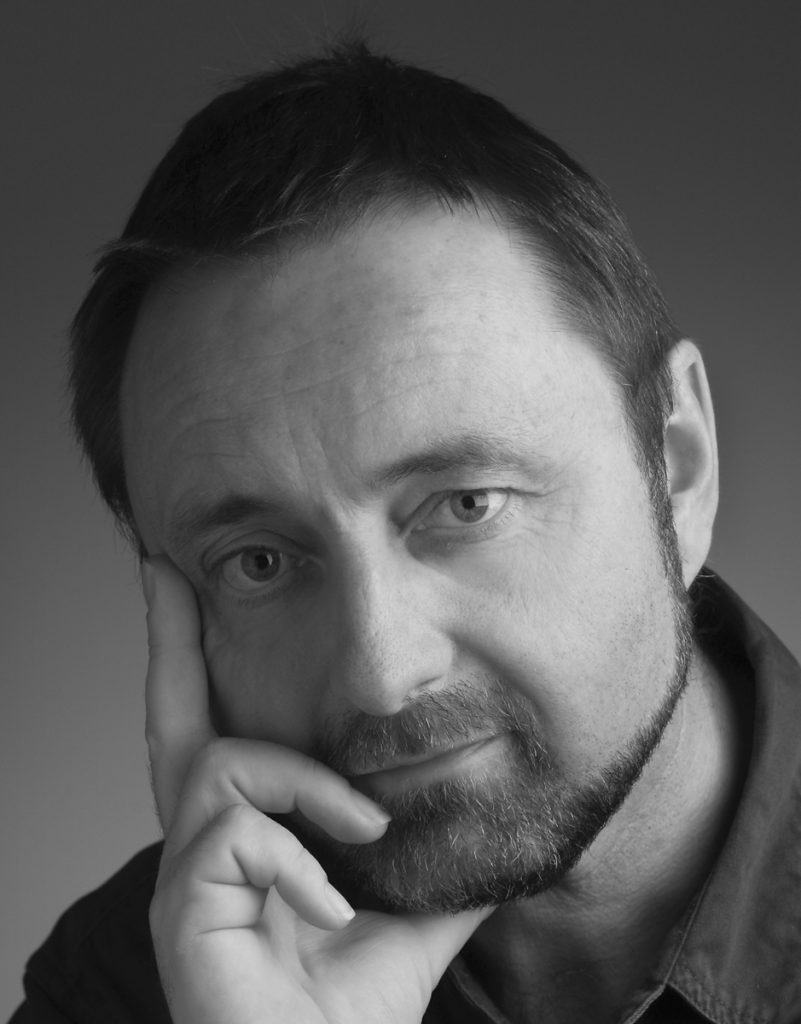
Franz Lanting is a prominent photographer who is arguably the most well-known contemporary nature photographer. He’s received numerous awards, including the Ansel Adams Award for Conservation Photography, and for decades his photos appeared regularly in National Geographic magazine.
Lanting was born in the Netherlands in 1951 and immigrated to the United States after college, where he began his career in photography. He became a resident photographer for National Geographic and has since wowed the world with his intimate and exciting nature photography.
From Antarctica to the Amazon, Lanting has spent his life immersing himself and his camera in nature. While his technical talent is undeniable, what sets Lanting apart from other famous photographers on this list is his ability to work with wild animals. Decade after decade,
Lanting was able to get perfect, exciting shots of roaming elephant herds, endangered species, finicky birds, and predatory lions.
Lanting’s style ranges from up-close-and-personal to epic and spacious. His liberal use of color captures the uniqueness of his subjects’ habitats and inspires wonder.
11. William Eggleston
Talented photographer William Eggleston took pictures of everyday banalities, such as daytime streetcorners, unoccupied tricycles, vending machines, and gas pumps. It may surprise you to learn that images of such mundane things helped establish color photography as a bonafide art form.
Before Eggleston, photography in the fine art world was reserved for black-and-white film. However, Eggelston’s talent for composition and his masterful eye for color helped pave the way for color photography’s prominence in today’s art galleries.
Dedicated to the concept of the “democratic camera,” Eggleston produced images of everyday life in 1970s America. His work’s appeal lies in its strange ability to communicate eeriness and surprise the viewer with the mysterious implication that something more lurks behind the mundane.
Eggleston produced massive prints of his pictures, which added a contradictory sense of epicness to his subject matter. A timeline of his work can be found here.
Honorable Mentions
There are hundreds of famous photographers, each with their own unique stories, methods, and talents. Here are a few honorable mentions, sorted by style.
Landscape
Charlie Waite
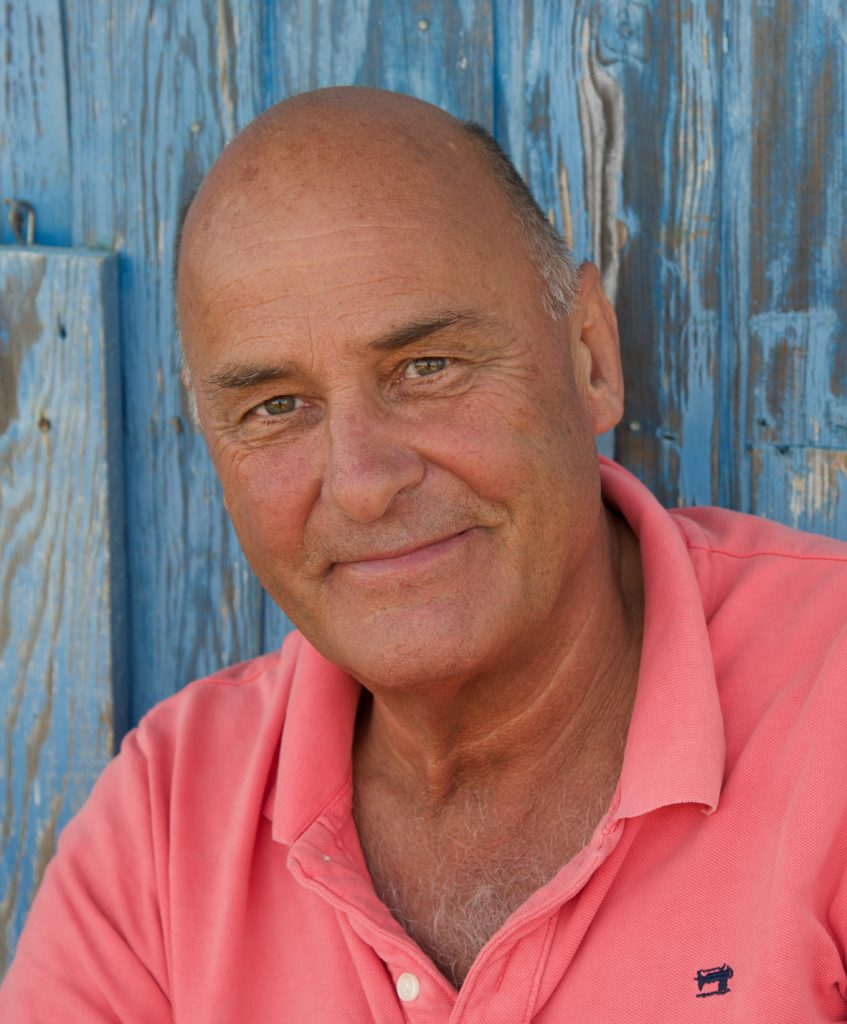
Charlie Waite (1949-present) is a British landscape photographer who is well-known for using his experience in theatre to guide his dramatic approach to lighting and shadows.
Daniel Kordan (1989-present) crafts dreamy, painterly portraits of mother nature through his use of soft focus and post-processing techniques. He received the National Geographic Russia award in 2013 for his unique, mesmerizing work.
Carleton Watkin
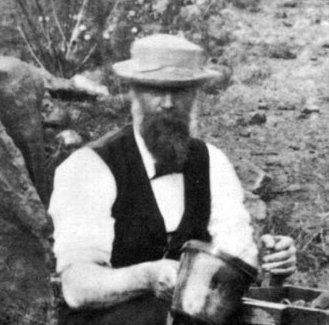
Carleton E. Watkins (1829-1916) is an incredible photographer who used 19th-century cameras to photograph timeless images of the American wilderness. His photographs of Yosemite Valley are credited for persuading the United States government to turn the site into Yosemite National Park.
Famous Portrait Photographers
Yousuf Karsh

Yousuf Karsh (1908-2002) was an Armenian-Canadian portrait photographer, often cited as the greatest 20th-century famous portrait photographer. From portraits of Winston Churchhill and Martin Luther King Jr. to Ernest Hemmingway and Albert Einstein, chances are you’ve already spent time studying some of his famous photographs.
Diane Arbus
Diane Arbus (1923-1971) is a well-known mid-century portrait photographer well-known for her haunting and fascinating portraits of carnival entertainers, nudists, and those with striking physical maladies. Restless and distressed by her privileged life during the Great Depression, Arbus was drawn to explore the trauma of complicated, marginalized subjects through portraiture.
James Van Der Zee
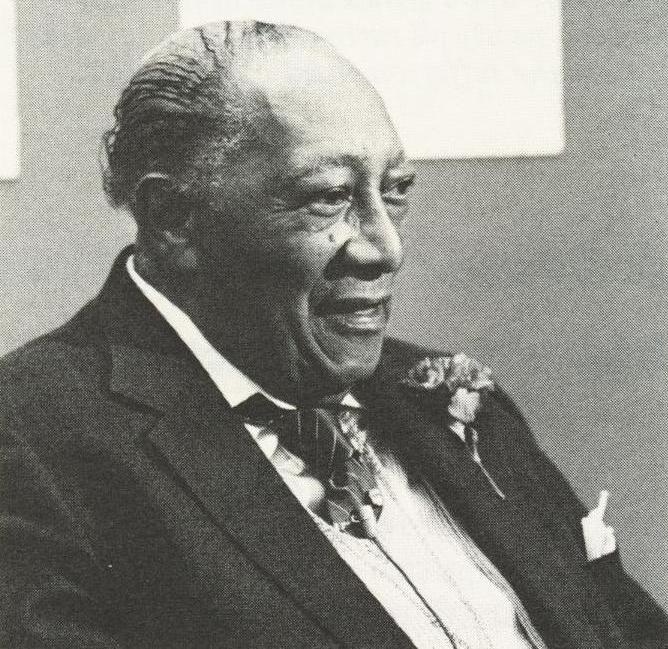
James Van Der Zee (1886-1983) is a portrait photographer cherished for documenting the people and culture of the Harlem Renaissance. He produced portraits of everyday middle-class Harlem residents, as well as photographs of celebrity figures such as Mamie Smith.
Surreal
Man Ray

Man Ray (1890-1976), mentioned earlier as Guy Bourdin’s mentor considered himself a painter first and foremost. However, his contribution to photography history is undisputed. His surreal photographs feature evocative arrangements and dramatic use of light and shadows.
Meret Oppenheim
Meret Oppenheim (1913-1985), a founder of the Surrealist movement, and most famous for a fur sculpture of a teacup, used X-rays and double exposure to create dreamy uncanny photographs. In her lifetime, she was largely misunderstood as an artist due to the popularity of her fur sculpture, which overshadowed her other work. These days, art critics are taking a second look at Oppenheim, a leading lady of Dada.
Street Photography
Weegee
Weegee (1899-1968) is a photojournalist famous for having a police radio installed in his car, allowing him to beat the police to newsworthy scenes. His name is a phonetic spelling of “Ouija,” as in an Ouija board, a reference to his uncanny ability to be at the right place at the right time.
Saul Leiter
Saul Leiter (1923-2013) was one of the early pioneers of color street photography. His photos of mid-century American city-dwellers evoke a dream-like nostalgia due to his use of blur and soft focus. Art critics often compare his photography to paintings of the Impressionist era.
Vivian Maier
Vivian Maier (1926-2009) was not well known in her lifetime. The discovery of her work is the subject of the 2013 Academy Award-nominated film “Finding Vivian Maier.” She took over 150,000 photographs in her lifetime and is posthumously celebrated as one of America’s most important street photographers.
Wildlife
Richard and Cherry Kearton
Richard and Cherry Kearton (1862-1928, 1871-1940, respectively) were some of the world’s first wildlife photographers. In fact, in 1982, Cherry Kearton took the first-ever photograph of a bird’s nest with eggs. The two brothers were scientists and pioneered early techniques for photographing wildlife.
Nick Brandt
Nick Brandt (1964-present) composes evocative images with his photography. His most famous pieces have strong messages about the importance of environmental conservation. His style is stark and often makes use of compositing to superimpose separate images together to create profound, unambiguous environmental statements.
Cristina Goettsch Mittermeier
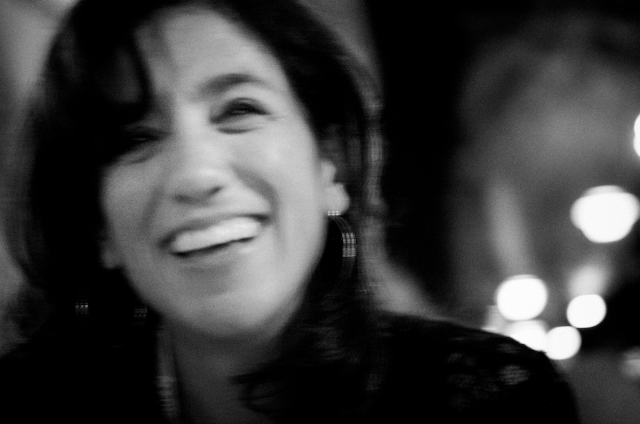
Cristina Goettsch Mittermeier (1966-present) is a biologist, conservationist, and award-winning photographer with a knack for capturing the personalities of wild animals. From whales to wolves, Mittermeier has gifted wildlife lovers with dozens of books filled with some of the world’s best photography.
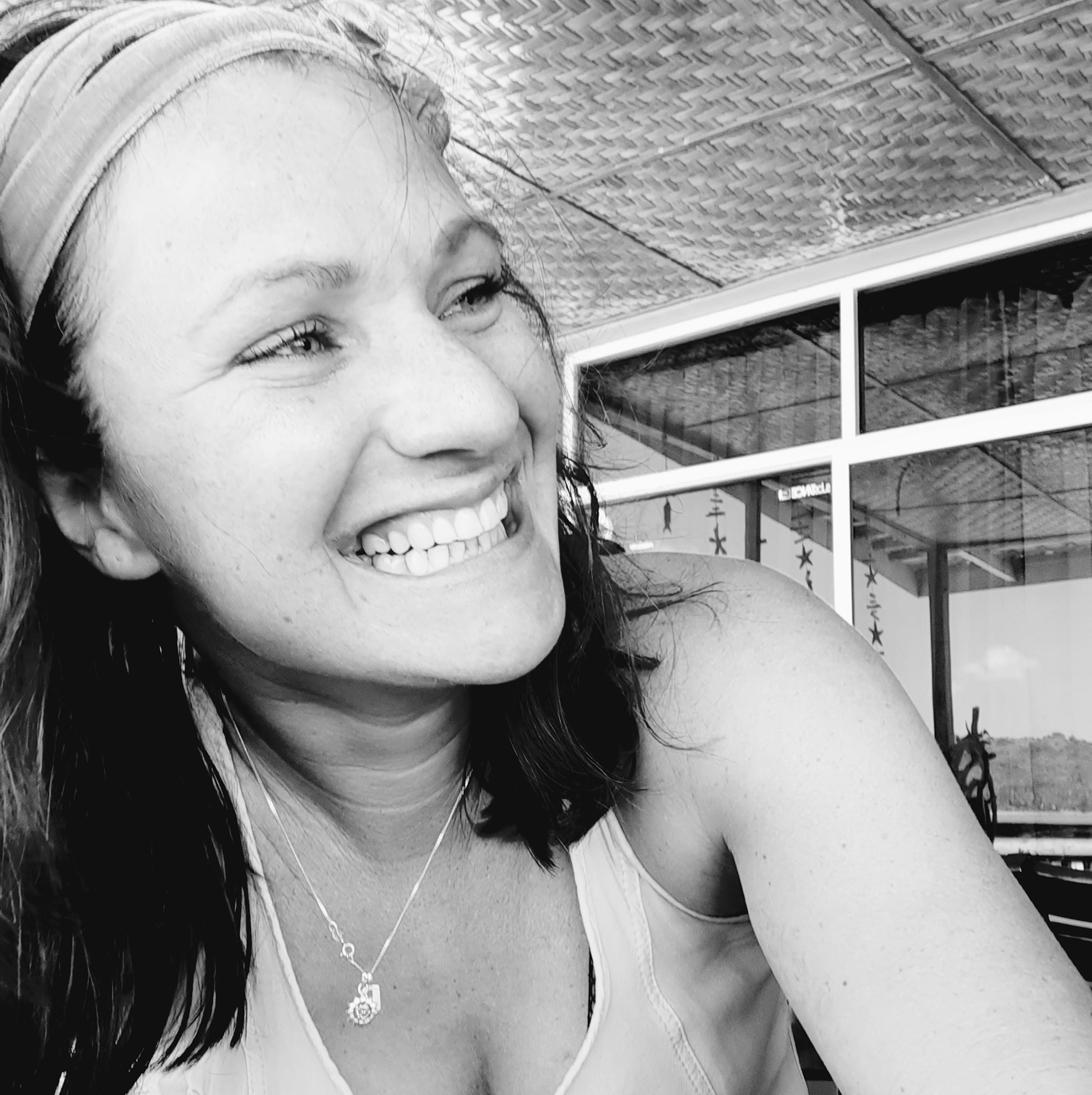
About Author
Rachel Noël is a professional photographer and videographer from the UK with over 10+ years of experience. Rachel specializes in Underwater, Tavel & Portrait photography among other areas.
